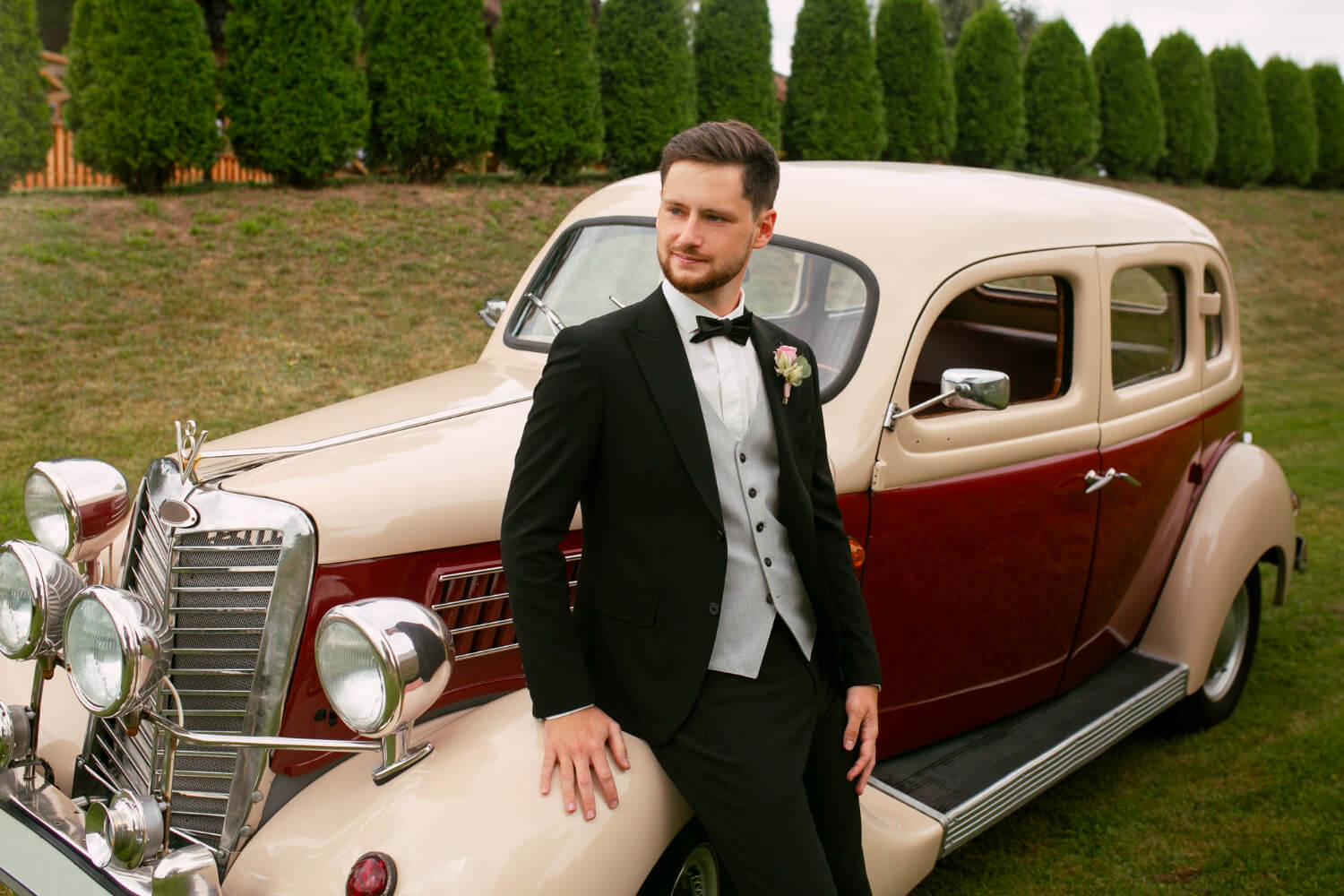Nostalgia is a powerful emotion, a longing for the past that often brings back feelings of happiness and comfort. As someone who grew up in the 90s, the allure of nostalgia is not lost on me; it’s a sensation that reconnects us with our fondest memories, those halcyon days we sometimes wish we could revisit. It’s this very sentiment that can be leveraged effectively in sales strategies, particularly in the luxury vehicle market. By tapping into the nostalgia of potential buyers, sales can be transformed from mere transactions into meaningful experiences.
The phenomenon of nostalgia has long been recognized as a persuasive tool in marketing. When customers feel an emotional connection to a product, their likelihood of purchasing increases. This is especially true in the luxury vehicle sector, where purchases are not just about necessity but about fulfilling desires. For instance, incorporating classic design elements from iconic 90s cars into modern vehicles can invoke a sense of nostalgia, making them more attractive to buyers who grew up during that era.
In my experience, using nostalgia effectively means understanding your audience deeply. For those of us with roots in both Canada and Jamaica, the 90s were a vibrant time culturally, marked by the rise of diverse music genres, fashion, and groundbreaking technological advancements. When selling luxury vehicles to clients who share a similar background, I often highlight features that echo the aesthetic and technological spirit of the 90s. For example, the sleek, minimalist designs that were popular during the decade, or the integration of digital interfaces reminiscent of the early internet era.
Another key aspect of leveraging nostalgia is through storytelling. By recounting the history of a vehicle model that might have been a dream car for many in their youth, sales professionals can create a narrative that resonates with those memories. For example, if I’m showcasing a modern version of a classic sports car, I’ll tell stories about its legacy, perhaps reminding the buyer of the first time they saw that model in a blockbuster movie or a prestigious race they watched as a child.
Furthermore, events and promotions that evoke the 90s theme can be highly effective. Hosting a retro car show, for instance, where clients can come and see models from the past, potentially even test-driving a reissued version of a 90s sports car, can create a buzz that goes beyond the typical sales pitch. It’s about creating an experience, a blast from the past that makes the heart race and the palms itch to be back behind the wheel of history.
The use of music and cultural references from the 90s during these events can also enhance the nostalgic atmosphere. Playing hits from the decade or displaying art and fashion trends from that time can help deepen the emotional connection, making the overall experience more immersive and effective.
Customer engagement through personalized marketing is another strategy that benefits from nostalgia. For instance, sending out personalized emails with photos and stories about the cars they might have dreamed of during their youth can spark an emotional recall that motivates a purchase. This personal touch not only makes potential buyers feel valued but also ties them emotionally to the brand and its products.
However, it’s crucial to use nostalgia carefully and authentically. Overplaying this sentiment or misaligning it with the brand’s image can lead to a disconnect with the audience. The key is to evoke nostalgia without seeming outdated or out of touch with current trends and innovations. It’s about blending the old with the new in a way that honors the past while celebrating the present.
From a sales perspective, especially in the luxury car market, nostalgia should not be about merely looking back. It should be about bringing the best parts of the past into today, enhancing the appeal of a product by connecting it with the positive memories of potential customers. It’s an art as much as it is a science, requiring a deep understanding of cultural trends, personal history, and the emotional landscapes of your clientele.
In conclusion, nostalgia is more than just a marketing gimmick; it’s a powerful connector that bridges generations and enhances relationships. As a child of the 90s from a diverse background, I have seen firsthand how effectively nostalgia can be woven into sales strategies to not only meet sales targets but also create lasting customer loyalty. By tapping into the rich tapestry of the past, we can drive forward into the future with greater engagement and success.
